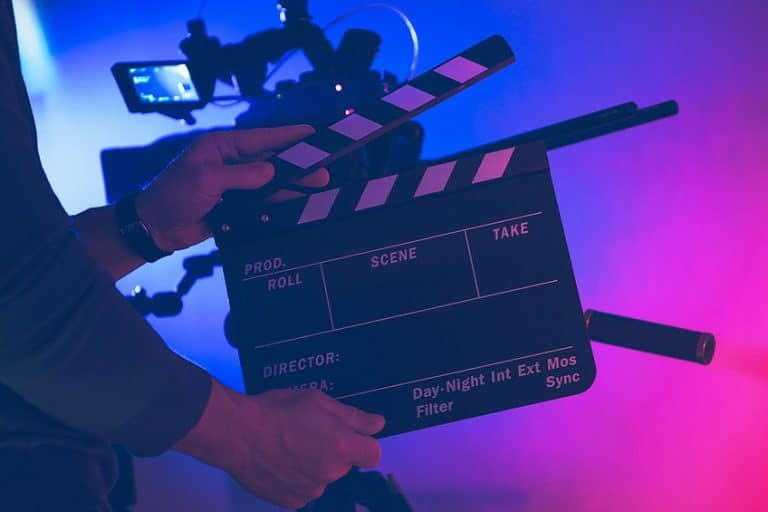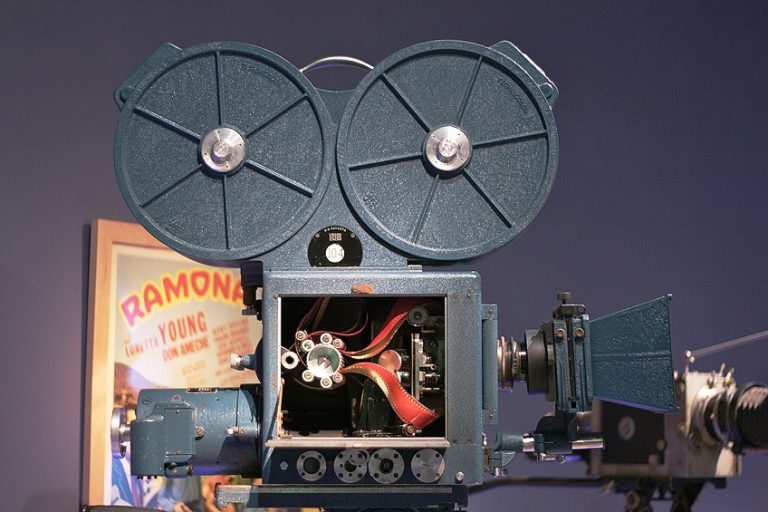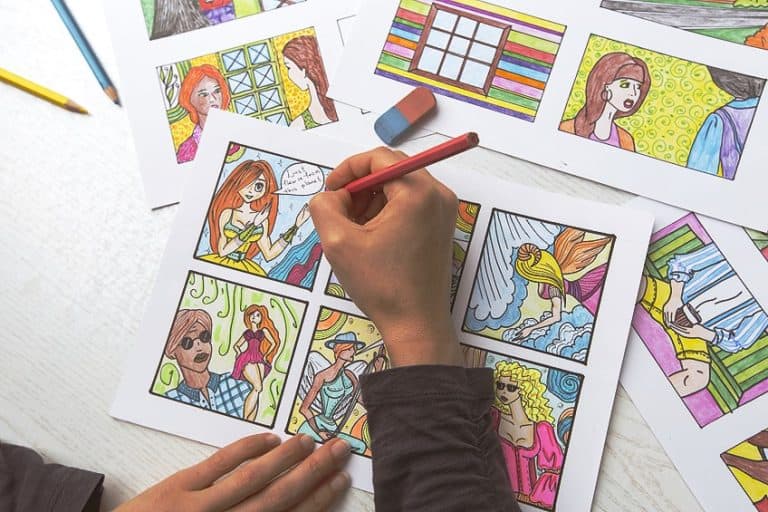Film Techniques – Exploring the Secrets Behind Great Filmmaking
Film techniques, an intricate tapestry woven into the cinematic realm, stand as the artistic threads that bind storytelling with visual mastery. These techniques, encompassing a kaleidoscope of cinematography techniques, editing wizardry, and narrative devices, form the cornerstone of cinematic language. From the grandeur of sweeping camera movements to the nuanced subtleties of lighting and framing, the many types of filming techniques coalesce to orchestrate an immersive symphony that captivates audiences worldwide. Delving into the rich tapestry of cinematic techniques unveils an exquisite palette wielded by filmmakers, inviting viewers into a world where storytelling transcends boundaries through the sheer artistry of visual expression.
Types of Film Techniques
Film, the enchanting marriage of art and technology, unfurls its mesmerizing canvas through an intricate tapestry of techniques. From the director’s vision to the editor’s meticulous craft, the realm of cinematic storytelling brims with an assortment of filming techniques, each a brushstroke on the canvas of imagination.
Directing
At the helm of this symphony stands the directing, the maestro orchestrating the film’s narrative flow and visual aesthetic. This visionary architect navigates the labyrinth of storytelling, utilizing an arsenal of cinematic techniques to convey emotion, build tension, and captivate audiences. Their canvas begins with the script, the blueprint breathing life into characters and scenarios. The script, a cornerstone of cinematic creation, sets the stage for the unfolding drama, guiding the director’s vision.
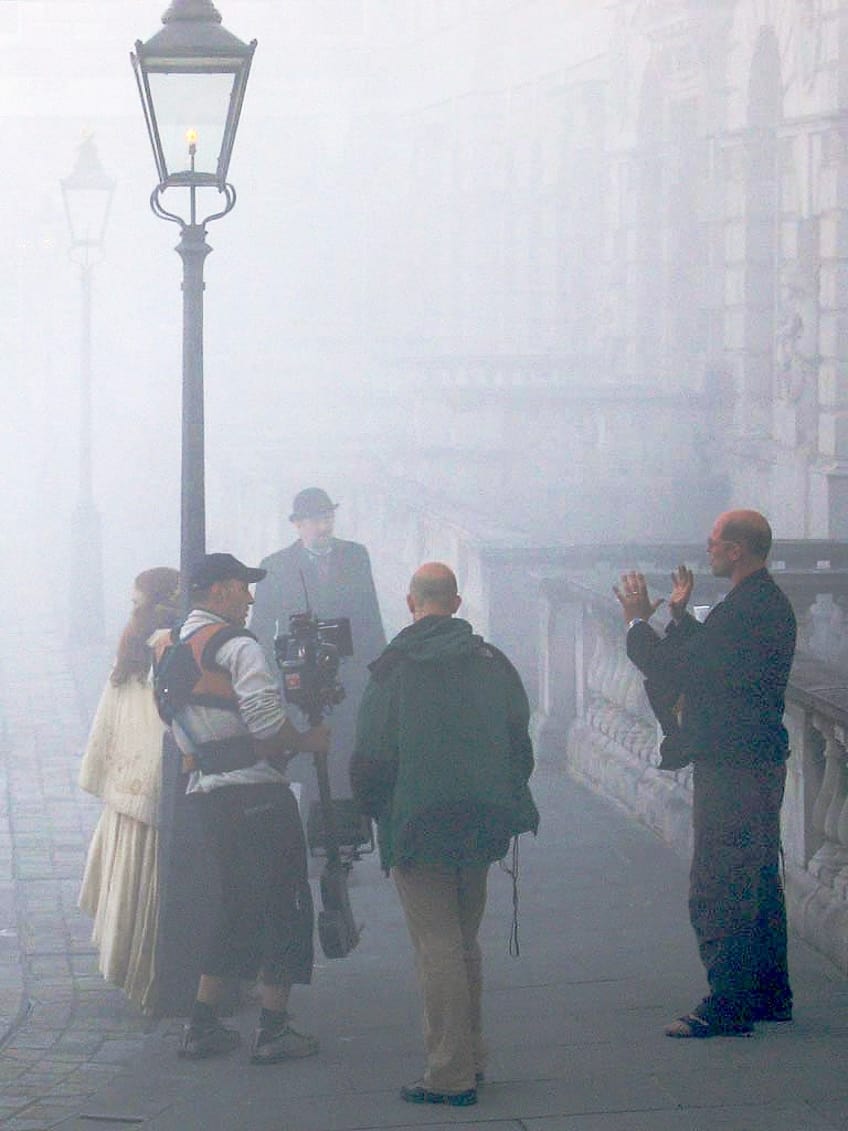
Cinematography
Cinematography techniques stand as the visual poetry etched onto our film reels. The cinematographer, akin to a painter with light, wields the camera as a brush, crafting every frame with precision and artistry. Through the lens, they capture the soul of a scene – manipulating angles, framing, depth of field, and lighting to evoke mood, provoke emotions, and narrate stories within stories.
From sweeping panoramic shots that engulf the audiences in vast landscapes to intimate close-ups that delve into the depths of human expression, cinematography techniques are the visual heartbeat of cinema.
Editing
Editing is often seen as the alchemy that shapes raw footage into a cohesive, compelling narrative. An editor’s mastery lies not just in splicing scenes together but in manipulating time, pacing, and rhythm to elicit emotional responses. They sculpt the story, seamlessly weaving disparate elements into a seamless tapestry. Through cuts, transitions, and juxtapositions, editors wield their expertise to accentuate tension, heighten drama, or evoke poignant revelations, transforming the film into an immersive experience.

Scriptwriting
Scriptwriting, the genesis of cinematic storytelling, breathes life into characters, dialogue, and plotlines. A well-crafted script serves as the compass guiding the film’s trajectory, encompassing elements that resonate with the human experience. It thrives on the intricacies of character development, dialogue cadence, and narrative structure, fostering an emotional connection between the audience and the story unfolding on screen. A compelling script is the bedrock upon which directors and actors build performances that linger in the minds and hearts of viewers long after the credits roll.
Beyond these pillars lie an array of specialized film techniques – sound design, production design, costume design – all harmonizing to transport audiences into the realms of imagination.
Sound design, with its symphony of auditory cues, complements visual storytelling, shaping mood, atmosphere, and emotion. Production and costume designers meticulously construct worlds, breathing life into setting and characters, adding layers of authenticity and depth to the narrative.

In essence, types of film techniques encompass an intricately woven tapestry – a convergence of creative prowess and technical finesse – transforming mere images flickering on a screen into unforgettable journeys that transcend time and space. Each technique, a stroke of brilliance, contributes to the symphony of cinematic artistry, inviting audiences to immerse themselves in the captivating world of storytelling.
Directing Techniques
Directing, the cornerstone of cinematic storytelling, encompasses a rich array of techniques that shape the essence and soul of a film. A director’s vision, manifested through various methods and approaches, guides actors, crew, and the audience through the intricacies of storytelling.
Let us delve into a comprehensive exploration of the diverse types of directing techniques and styles that breathe life into the captivating world of cinema.
Visual Storytelling
Visual storytelling stands as the bedrock of a director’s craft, emphasizing the use of imagery, composition, and mise-en-scène to convey narratives without heavy reliance on dialogue. Through the strategic placement of characters, objects, and settings within the frame, directors communicate subtext and emotion. Each shot is a canvas where the director paints a narrative, utilizing angles, lighting, and spatial relationships to evoke feelings and propel the story forward.
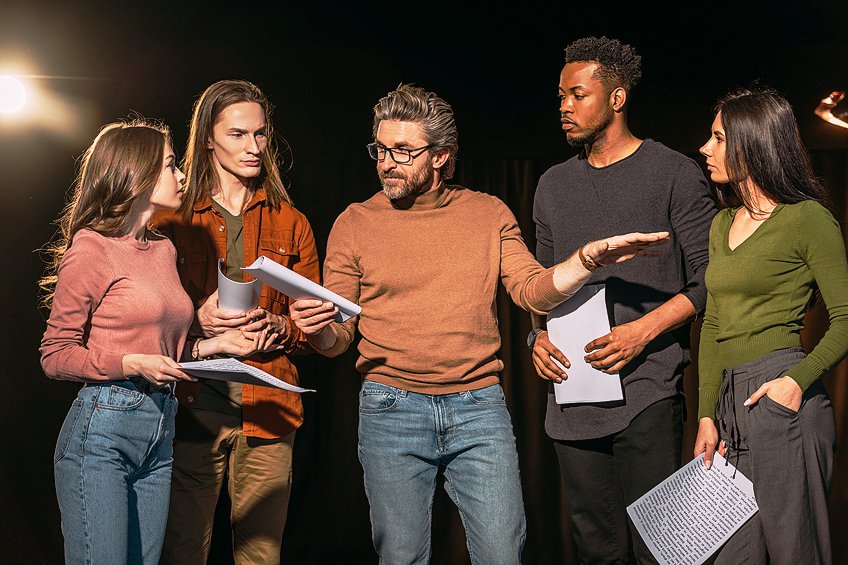
Blocking and Staging
Blocking and staging involve the meticulous choreography of actor’s movements within a scene. Directors employ this technique to enhance the dynamics, energy, and emotional resonance of a sequence. By positioning actors in specific locations and guiding their movements, directors influence the visual and emotional impact of a scene.
This technique allows for the organic unfolding of interactions, creating a natural flow that resonates with authenticity.
Character Development and Performance
Directors delve deep into character development, collaborating closely with actors to breathe life into the personas populating their cinematic world. Techniques such as method acting, improvisation, and character analysis aid in creating multi-dimensional characters. Directors guide actors to embody the intricacies, motivations, and emotions of their roles, eliciting performances that resonate authentically with audiences.
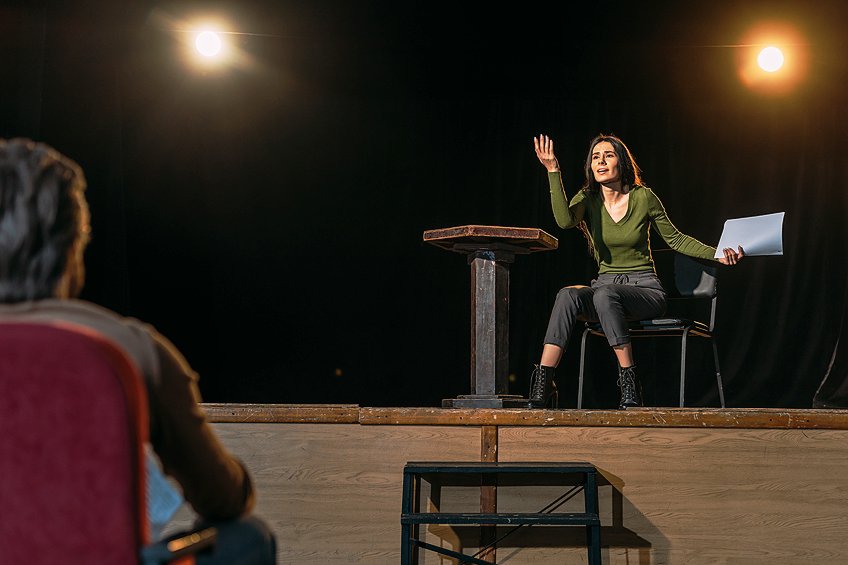
Pacing and Rhythm
Pacing and rhythm are temporal tools directors utilize to control the tempo and flow of a film. By manipulating the speed of editing, scene duration, and overall pacing, directors evoke tension, suspense, or tranquility. This technique shapes the audience’s emotional engagement, influencing their experience and perception of time within the narrative.
Directorial Vision and Aesthetic
Every director possesses a distinct vision and aesthetic, shaping the overall look, feel, and mood of their films. This technique encompasses the director’s unique style, artistic preferences, and thematic choices. Whether it is employing symbolism, recurring motifs, or a signature visual palette, a director’s aesthetic creates an indelible imprint, setting their work apart and imprinting their cinematic fingerprint on the narrative.
Collaboration and Communication
A director’s ability to collaborate and effectively communicate with their team is pivotal to the success of a film. This technique involves fostering a cohesive creative environment, encouraging open dialogue, and integrating diverse perspectives. Directors adept at communication harness the collective talent of their crew, nurturing an environment where ideas flourish and innovation thrives.

Genre-Specific Techniques
Different genres demand distinct directing techniques. From the suspenseful tension-building of thrillers to the visual extravagance and emotional resonance in dramas, directors tailor their approach to align with the conventions and expectations of specific genres.
Mastery of genre-specific techniques allow directors to harness the audience’s expectations while infusing fresh perspectives into established tropes.
Adaptability and Problem-Solving
Directing often requires on-the-spot decision-making and adaptability to unforeseen challenges. This technique involves the ability to navigate obstacles, make swift creative choices, and problem-solving effectively. Directors adept at this art excel in managing unforeseen circumstances while maintaining the artistic integrity of their vision.
Emotional Manipulations and Audience Engagement
Directors harness the power of emotional manipulation to elicit specific responses from the audience. Using various techniques like suspense-building, empathy-inducing shots, and narrative twists, directors engage viewers on an emotional level, creating an immersive experience that resonates long after the film concludes.

Symbolism and Subtext
Directors often employ symbolism and subtext to imbue their narratives with deeper layers of meaning. Objects, colors, or actions may carry symbolic weight, enriching the storytelling and offering subtextual insights into characters or themes.
Skillful use of symbolism and subtext elevates the film’s thematic depth and resonates with the audience on a subconscious level.
Authorial Directing Style
The authorial directing style revolves around a director’s distinct voice and vision, often characterized by consistent thematic elements, visual motifs, or narrative preoccupations across their body of work. Directors with an authorial style imprint their films with a personal stamp, weaving recurring themes or visual cues that reflect their unique perspective and artistic identity. Examples include auteurs like Quentin Tarantino, whose films are marked by nonlinear storytelling, sharp dialogue, and a penchant for homage to cinematic history.
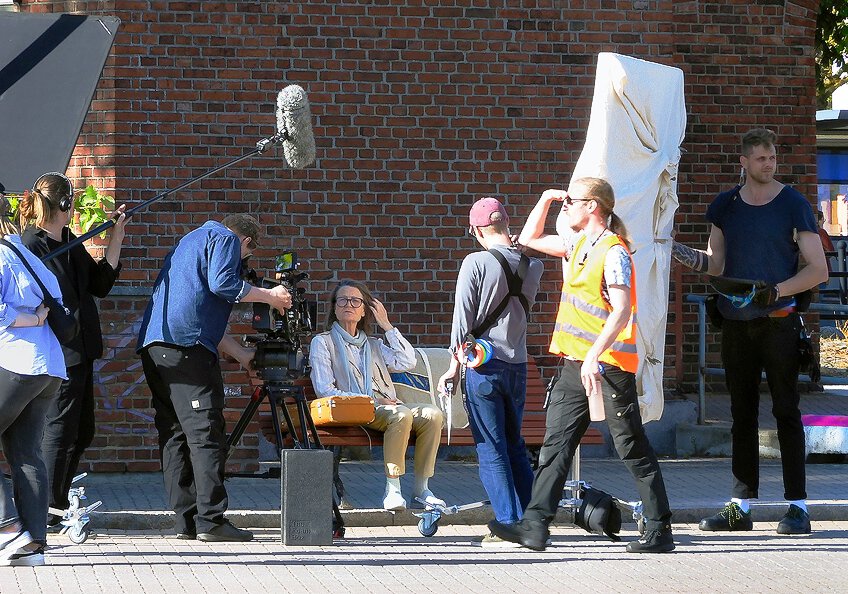
Classicist Directing Style
Classicist directors adhere to traditional filmmaking techniques, emphasizing clarity, coherence, and adherence to established cinematic norms. Their approach prioritizes seamless storytelling, balanced compositions, and adherence to the three-act structure. This style focuses on maintaining a cohesive narrative while utilizing conventional editing, framing, and storytelling methods.
Filmmakers like Steven Spielberg exemplify this style, crafting narratives that resonate with broad audiences while maintaining classical storytelling principles.
Experimental or Avant-Garde Directing Style
Directors employing an experimental or avant-garde style challenge conventional storytelling norms, pushing the boundaries of cinematic language and form. They explore unconventional narrative structures, abstract visuals, and non-linear storytelling to evoke emotions, provoke thoughts, or challenge audience perceptions. Filmmakers like David Lynch are known for their experimental approach, creating surreal, enigmatic worlds that defy conventional storytelling logic.

Realist or Naturalist Directing Style
Realist directors focus on depicting everyday life or stories rooted in realism. This style aims to capture authenticity, often utilizing natural lighting, handheld cameras, and non-professional actors to create an immersive experience. These directors prioritize portraying reality in its raw and unfiltered form, delving into human experiences with an emphasis on social issues or personal dramas.
Directors like the Dardenne brothers are known for their naturalistic style, portraying poignant human stories set in everyday life.
Expressionist Directing Style
Expressionist directors employ exaggerated visuals, heightened emotions, and symbolic imagery to convey inner psychological states or abstract concepts. This style emphasizes subjective experiences over objective reality, using stark contrasts, distorted angles, and striking visuals to evoke emotions or delve into characters’ inner worlds. Filmmakers like Tim Burton often utilize expressionist elements, creating fantastical, visually arresting worlds that mirror characters’ emotions and psychological landscapes.

Genre-Specific Directing Styles
Directors often adopt styles specific to genres, tailoring their approach to align with the conventions and expectations of a particular genre. From the suspenseful tension-building filming techniques in thrillers to the visual spectacle and grandeur in epic films, directors leverage genre-specific styles to engage audiences while infusing their unique directorial signatures.
For instance, Wes Anderson’s whimsical, meticulously composed visuals characterize his distinct style in the comedy-drama genre.
Collaborative or Ensemble Directing Style
Some directors adopt a collaborative or ensemble approach, valuing the collective creative input of the entire filmmaking team. They encourage collaboration and input from actors, writers, cinematographers, and other crew members, fostering an environment where diverse perspectives contribute to the film’s creative vision. This style often results in a collective ownership of the project, nurturing a sense of shared authorship among the collaborators.

In essence, directing styles and techniques serve as the artistic compass guiding a filmmaker’s approach to storytelling. Each style encapsulates a unique perspective, offering a lens through which stories are crafted, experiences are shared, and cinematic worlds are brought to life. The diverse array of directing styles enriches the cinematic landscape, contributing to the rich tapestry of filmmaking artistry.
Cinematography Techniques
Cinematography techniques stand as the artist’s palette, painting stories through the mastery of light, composition, and movement. These techniques encompass a symphony of visual elements, from framing and lighting to camera angles and movement, shaping the emotional depth and narrative resonance of films.
Each technique is a brushstroke of creativity, weaving together a tapestry that transcends the visual realm, evoking emotions, setting moods, and transporting audiences into the heart of storytelling.
Extreme Long Shot
An extreme long shot captures a vast landscape or setting, depicting characters or objects as tiny elements within the expansive environment. It establishes the scene’s location, emphasizing scale and context. Extreme long shots set the stage, introducing the audience to the setting, and conveying a sense of isolation or grandeur. They are often used in establishing shots to orient viewers within the narrative’s world. The opening scene of Lawrence of Arabia (1962) utilizes extreme long shots to showcase the vast desert landscape, emphasizing the isolation and epic scope of the story.

Bird’s Eye Shot
A bird’s eye shot is taken from directly overhead, offering a unique, top-down perspective of a scene. This angle provides a comprehensive view, presenting the subjects or environment from a distant and detached viewpoint. Bird’s eye shots provide an omniscient view of a location, allowing the audience to observe characters’ movement, interactions, or the spatial layout of a setting from a detached perspective.
In The Shining (1980), the bird’s eye view of the maze at the Overlook Hotel offers a chilling portrayal of the labyrinthine setting that amplifies the film’s suspense.
Long Shot
A long shot captures subjects within their environment, depicting them from head to toe or showcasing the relationship between characters and their surroundings. It offers context while maintaining a moderate distance from the subjects. Long shots establish character placement, reveal physical actions, and emphasize spatial relationships within a scene. They are pivotal in showcasing characters’ movements and interactions within the setting. The long shots in The Lord of the Rings: The Fellowship of the Ring (2001) illustrate the vastness of Middle-Earth and the character’s journeys against its epic landscapes.

Medium Shot
A medium shot frames subjects from the waist up, highlighting their body language, facial expressions, and interactions. It offers a balance between the character and their environment. Medium shots capture characters’ emotions, nuances, and dialogue exchanges while providing a clear view of their physical expressions. They establish a sense of intimacy without losing sight of the surroundings.
The medium shots in The Godfather (1972) accentuate the characters’ emotional depth and power dynamics during crucial conversations.
Close-Up Shot
A close-up shot tightly frames a subject, typically focusing on the face or specific details, intensifying emotions or revealing subtle expressions. Close-ups emphasize emotions, thoughts, and reactions, allowing viewers to intimately connect with characters and their experiences. The close-ups in Psycho (1960) by Alfred Hitchcock intensify the suspense and terror by capturing the characters’ expression during pivotal moments.
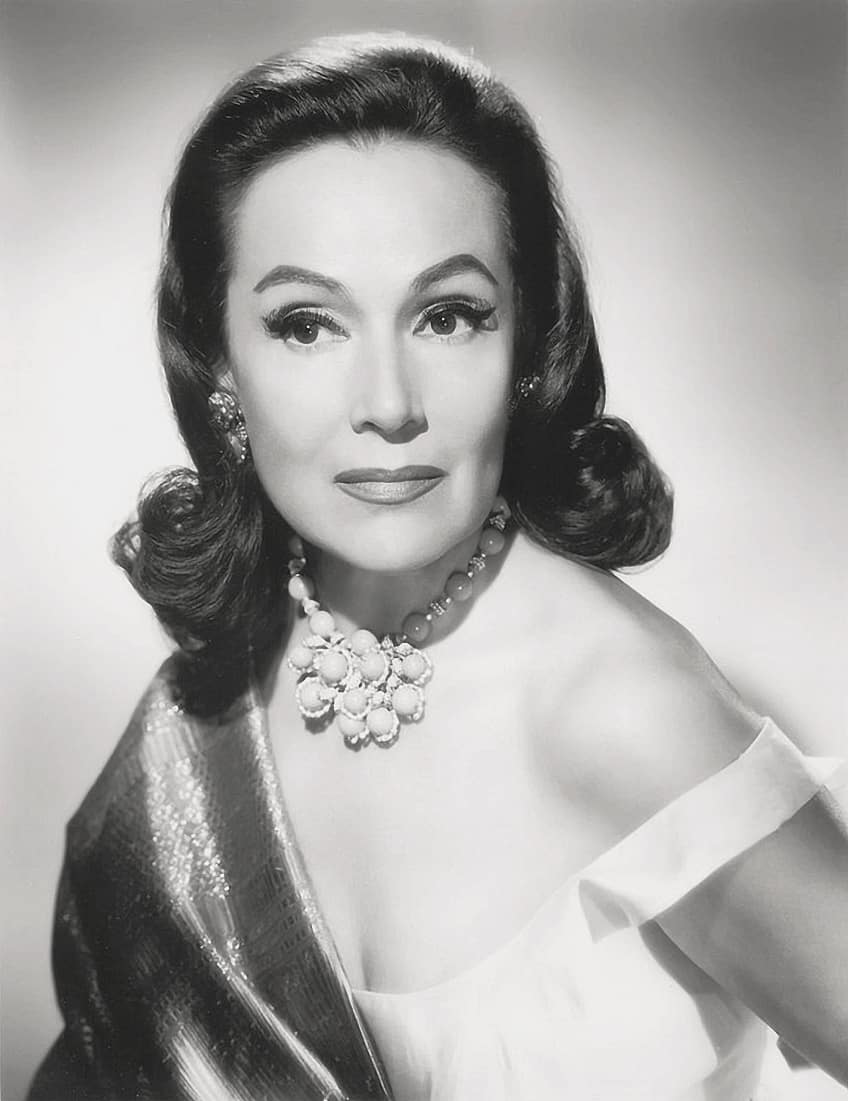
Extreme Close-Up Shot
An extreme close-up shot zooms in on a specific detail or feature, often magnifying emotions, objects, or actions to their most detailed extent. Extreme close-ups reveal minute details, intensifying emotions, and emphasizing specific elements for dramatic impact or symbolic representation.
The extreme close-ups in Requiem for a Dream (2000) convey the characters’ emotions and internal struggles with visceral intensity.
Over-the-Shoulder Shot
An over-the-shoulder shot frames a subject from behind another character’s shoulder, offering a perspective that simulates the viewer standing beside or behind the character. Over-the-shoulder shots establish conversation dynamics, providing multiple viewpoints while maintaining a sense of spatial awareness and character interaction. The over-the-shoulder shots in The Social Network (2010) create a sense of immediacy and intimacy during dialogue-driven scenes.
Dutch Angle Shot
A Dutch angle shot tilts the camera to create a slanted or skewed frame, unsettling the viewer and conveying unease or disorientation. Dutch angle shots evoke tension, disorientation, or psychological unease within a scene, emphasizing the characters’ mental state or imminent danger.
In The Third Man (1949), the Dutch angle shots accentuate the film’s noir atmosphere and amplify the sense of mystery and moral ambiguity.
Tilt Shot
A tilt shot involves vertical movement of the camera, either tilting up or down from a fixed position, altering the viewer’s perspective within the scene. Tilt shots emphasize height, depth, or changes in perspective within a scene, revealing elements above or below the initial viewpoint. The dramatic tilt shots in The Matrix (1999) accentuate the characters’ agility and the gravity-defying action sequences.
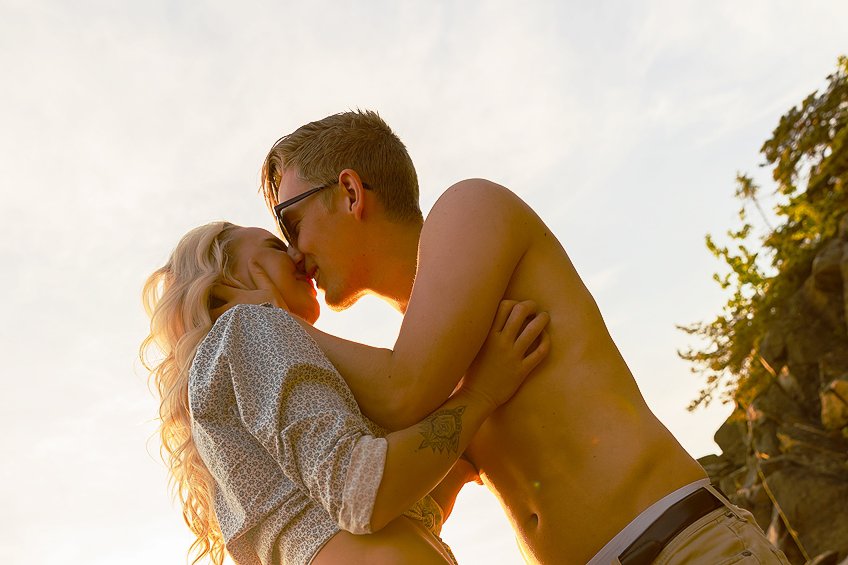
Panning Shot
A panning shot involves horizontal movement of the camera from a fixed position, following subjects or revealing elements within the frame. Panning shots capture dynamic action, showcase the environment, or track characters’ movement horizontally across a scene.
The panoramic panning shots in The Grand Budapest Hotel (2014) showcase the film’s elaborate and visually stunning environments.
Zoom Shot
A zoom shot adjusts the focal length of the lens, altering the apparent distance between the camera and the subject, magnifying or reducing its size within the frame. Zoom shots emphasize details, intensify emotions, or create visual impact by altering the perspective on a subject within the same frame. The zoom shots in Jaws (1975) by Steven Spielberg build suspense and create a sense of impending danger by zooming in on characters’ reactions.

Crane Shot
A crane shot involves mounting the camera on a crane or jib, allowing for dynamic vertical and horizontal movements to capture sweeping, elevated views or fluid tracking motions. Crane shots capture grand landscapes, dynamic overhead perspectives, or smoothly following action sequences with intricate movement and scope.
The sweeping crane shots in Citizen Kane (1941) showcase the film’s grandeur and innovation, offering dynamic perspectives on the narrative’s setting.
Tracking Shot
A tracking shot involves moving the camera along a predetermined path, either following or leading a subject, offering controlled and fluid motions. Tracking shots follow characters’ movements, reveal environments, or intensify emotional moments, engaging the audience by establishing continuity and visual interest. The iconic tracking shots in Goodfellas (1990) by Martin Scorsese exhibit dynamic movement, drawing viewers into the characters’ lives and experiences.
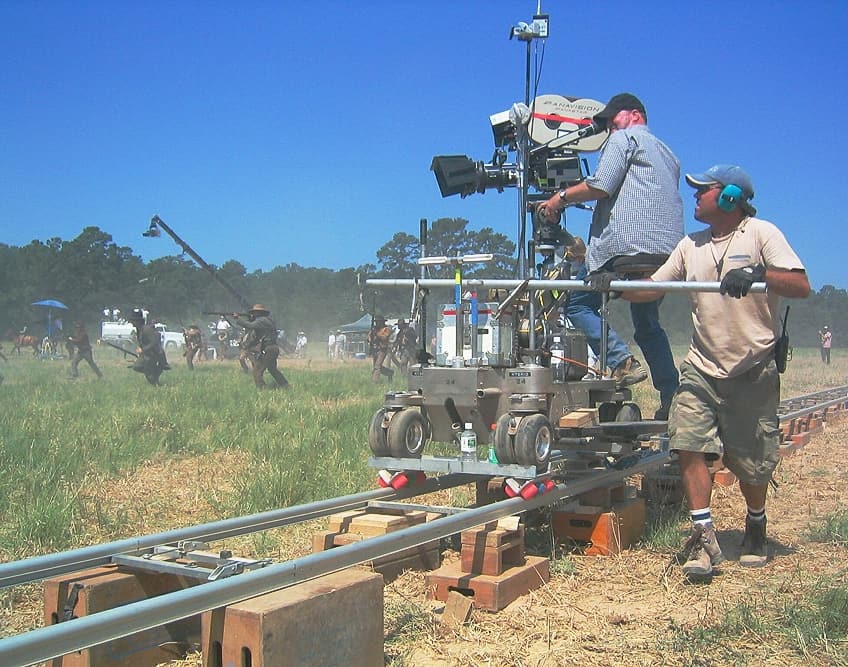
Point-of-View Shot
A point-of-view shot places the camera at the perspective of a character, simulating their viewpoint, immersing the audience in their experience. Point-of-view shots convey a character’s perspective, providing insights into their thoughts, emotions, or surroundings.
The intense and immersive point-of-view shots in The Blair Witch Project (1999) immerse viewers in the characters’ sense of fear and disorientation.
Realism/Naturalism
Realism or naturalism in cinematography focuses on capturing authenticity and truthfulness in visuals. It involves using natural lighting, unobtrusive camera movements, and realistic compositions to reflect the genuine essence of scenes and characters. This style aims to depict life as it appears naturally, providing a sense of immediacy and emotional connection. It often finds its place in dramas, slice-of-life narratives, and documentaries. The raw and naturalistic cinematography in The Bicycle Thieves (1948) by Vittorio De Sica captures the post-war hardships and struggles of everyday life in a poignant and unvarnished manner.
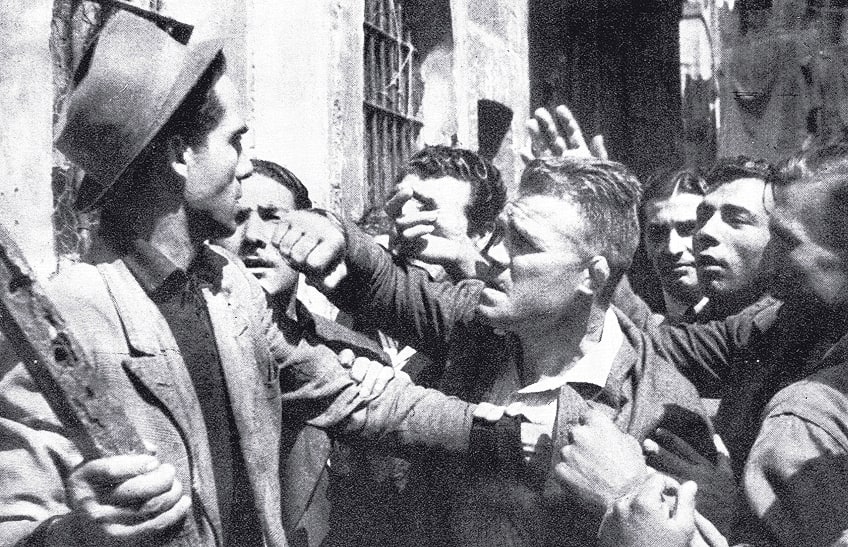
Expressionism
Expressionism involves exaggerating visuals and distorting reality to evoke emotions, moods, or psychological states. It employs bold lighting, dramatic angles, and stylized compositions to convey subjective experiences. This style delves into characters’ internal landscapes, creating visually striking and emotionally charged scenes. It is commonly found in psychological thrillers, horror films, or stories exploring characters’ inner turmoil.
The expressionist cinematography in The Cabinet of Dr. Caligari (1920) utilizes distorted sets and angular lighting to mirror the protagonist’s disturbed mental state, heightening the film’s eerie atmosphere.
Classic/Hollywood
The classic or Hollywood style emphasizes polished visuals, balanced compositions, and seamless storytelling. It adheres to traditional filmmaking norms, utilizing clear narratives, conventional lighting, and elegant framing. This style caters to a broad audience, aiming for visual clarity and coherence. It is prevalent in mainstream cinema, offering visually pleasing and easily digestible storytelling. The classic Hollywood cinematography in films like Casablanca (1942) employs elegant compositions, soft lighting, and well-defined character framings, contributing to the film’s timeless appeal.

Handheld/Documentary
The handheld or documentary style involves using handheld cameras, natural lighting, and unrefined compositions to capture spontaneity and realism. It mirrors the immediacy and rawness of documentary filmmaking. This style offers an immersive, intimate, and unfiltered portrayal of events or characters. It is commonly used in documentaries, found-footage films, and scenes aiming for a sense of urgency or authenticity.
The documentary-style cinematography in The Blair Witch Project (1999) creates a sense of realism and immediacy, making the audience feel like active participants in the characters’ experience.
Minimalism
Minimalist cinematography focuses on simplicity, using sparse compositions, limited visual elements, and understated aesthetics to convey powerful narratives or emotions. This style accentuates the importance of negative space, silence, and subtle visual cues. It is often employed in art-house cinema or stories where less is more in visual storytelling. The minimalist cinematography in Lost in Translation (2003) utilizes understated visuals and quiet moments to evoke a sense of loneliness and emotional connection between characters.

In summary, these cinematography techniques and styles serve as the visual language of storytelling, shaping the mood, themes, and emotional impact of films. Each style and technique offers a unique aesthetic and narrative approach, contributing to the richness and diversity of cinematic experiences.
Editing Techniques
Film editing techniques play a pivotal role in shaping narratives, creating emotional impact, and maintaining the pacing and flow of a film. Let us explore various film editing techniques that filmmakers use to craft compelling stories and evoke specific emotions.
Cutting Techniques
Cutting techniques involve the basic foundation of film editing, comprising various methods used to transition between shots.

Cut
A straightforward transition from one shot to another, creating a seamless visual change.
Jump Cut
A jarring cut that disrupts continuity by abruptly transitioning between shots of the same subject but with a noticeable jump in time or space.
Match Cut
A transition that creates continuity or comparison between two shots, often based on visual similarities or thematic connections.
Cross-Cutting/Parallel Editing
Editing between two or more simultaneous storylines heightens tension and creates thematic associations.

Transitions Techniques
Transition techniques involve the use of fades or more subtle transitions from one shot to the next, creating a more seamless effect when transitioning between scenes or locations.
Fade In/Fade Out
Gradual darkening (fade out) or brightening (fade in) of the image, often signaling the beginning or end of a scene.
Dissolve
Blending one shot into another, creating a smooth transition by briefly superimposing both shots.
Wipe
A visible boundary moving across the scene, revealing a new shot while replacing the previous one.
Continuity Editing
Continuity editing maintains a seamless flow of action within a scene, ensuring a consistent and coherent experience for the audience.
Eyeline Match
Maintains visual continuity by cutting between a character’s point of view and the object or person they are looking at.
180 Degree Rule
Maintains spatial continuity by preserving the imaginary axis between characters to prevent disorienting spatial shifts.
Match on Action
Ensures smoothness by continuing an action across cuts, allowing for seamless transitions between shots.
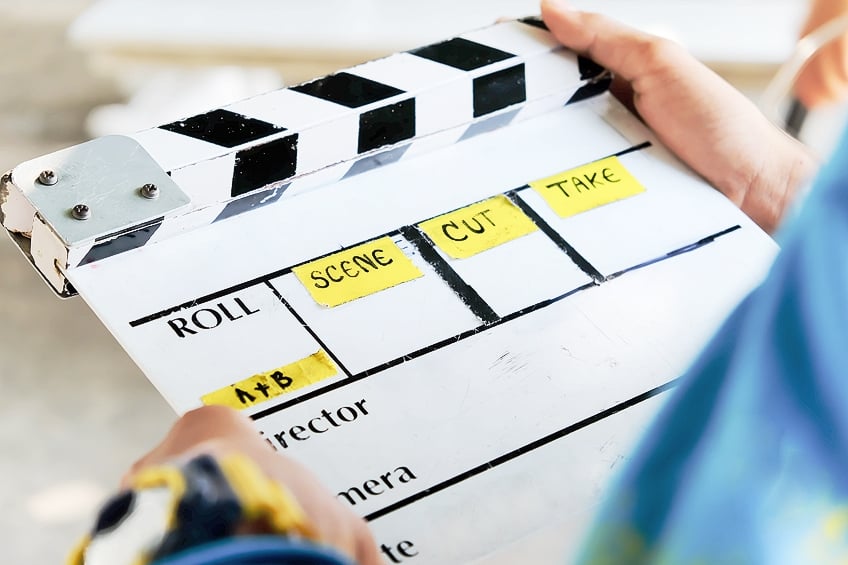
Montage Editing
Montage editing involves the juxtaposition of shots to condense time, convey information, or evoke emotions.
Soviet Montage
This emphasizes the collision of images to create intellectual or emotional responses, often associated with ideological or political themes.
Classical Hollywood Montage
Emphasizes continuity and storytelling by condensing time or events through a series of shots in sequence.
French New Wave Montage
Prioritizes creative freedom, often using discontinuous editing techniques to explore characters’ emotions or ideas.

Rhythmic Editing
Rhythmic editing focuses on the tempo, pace, and rhythm of a scene or sequence to evoke specific emotions or build tension.
Fast Cutting
Quick and successive cuts used to create tension, excitement, or disorientation.
Slow Cutting
Deliberately slower pacing of editing, allowing moments to linger and build emotional depth or tension.
Montage Sequencing
Manipulates pacing and rhythm through a series of shots, set to music or sound, to convey emotions or condense time.

Special Effects Editing
Special effects editing involves adding visual effects, CGI, or practical effects to enhance storytelling or create fantastical elements.
CGI Integration
Computer-generated imagery blended with live-action footage to create realistic or fantastical visuals.
Practical Effects
Physical effects created on set, such as miniatures, animatronics, or prosthetics, to achieve desired visuals.
Visual Effects Compositing
Layering multiple visual elements to create a cohesive and seamless final image.

Sound Editing
Sound editing involves manipulating and enhancing audio elements to complement the visual storytelling.
Sound Effects
Adding or manipulating and enhancing audio elements to complement the visuals storytelling.
Dialogue Editing
Refining and mixing dialogue to ensure clarity and emotional resonance.
Music Editing
Selecting and integrating music or scores to evoke emotions, establish mood, or enhance storytelling.

Experimental Editing Techniques
Experimental editing techniques defy traditional editing norms, pushing boundaries to create innovative and unconventional narratives.
Non-Linear Editing
Disrupting the chronological sequence of events, allowing for fragmented storytelling or multiple perspectives.
Avant-Garde Editing
Emphasizing abstract or unconventional editing to evoke emotions, challenge perceptions, or provoke thoughts.
Found Footage Editing
Utilizing existing footage or archives to create narratives, often in documentary or horror genres, for realism or suspense. In essence, film editing techniques are the artistic tools that filmmakers employ to weave narratives, evoke emotions, and captivate audiences. Each technique serves as a brushstroke in the canvas of storytelling, contributing to the overall cinematic experience and narrative impact.

In the tapestry of filmmaking, techniques such as the ones listed above are seen as the threads that weave tales that linger in the soul. These techniques transcend mere visuals; they carve moments into memories and etch stories into the essence of the human experience. From the rhythm of cuts to the play of light, each technique is a whisper in the symphony of storytelling, guiding hearts, provoking thoughts, and immortalizing narratives. In the ever-evolving tapestry of filmmaking, techniques stand as the timeless artisans, shaping tales that endure beyond our screens and leave an indelible mark on hearts and minds
Frequently Asked Questions
What Is the Significance of Camera Angles in Filmmaking?
Camera angles contribute to storytelling by influencing audience perception. Low angles can make characters appear powerful, while high angles convey vulnerability. Different angles evoke emotions and provide varied perspectives on scenes.
What Role Does Editing Play in Shaping the Narrative of a Film?
Editing shapes the flow, pace, and coherence of a film’s story. It assembles shots, controls timing, and sequences scenes to create meaning, build tension, or evoke emotions. Effective editing can significantly impact the audience’s engagement and understanding of the story.
How Do Sound Effects Contribute to the Overall Cinematic Experience?
Sound effects add depth and realism to a film. They enhance storytelling by creating atmosphere, emphasizing actions, and providing auditory cues that immerse audiences into the world of the film. Sound effects evoke emotions and help convey the narrative.
Duncan completed his diploma in Film and TV production at CityVarsity in 2018. After graduation, he continued to delve into the world of filmmaking and developed a strong interest in writing. Since completing his studies, he has worked as a freelance videographer, filming a diverse range of content including music videos, fashion shoots, short films, advertisements, and weddings. Along the way, he has received several awards from film festivals, both locally and internationally. Despite his success in filmmaking, Duncan still finds peace and clarity in writing articles during his breaks between filming projects.
Duncan has worked as a content writer and video editor for artincontext.org since 2020. He writes blog posts in the fields of photography and videography and edits videos for our Art in Context YouTube channel. He has extensive knowledge of videography and photography due to his videography/film studies and extensive experience cutting and editing videos, as well as his professional work as a filmmaker.
Learn more about Duncan van der Merwe and the Art in Context Team.
Cite this Article
Duncan, van der Merwe, “Film Techniques – Exploring the Secrets Behind Great Filmmaking.” Art in Context. January 11, 2024. URL: https://artincontext.org/film-techniques/
van der Merwe, D. (2024, 11 January). Film Techniques – Exploring the Secrets Behind Great Filmmaking. Art in Context. https://artincontext.org/film-techniques/
van der Merwe, Duncan. “Film Techniques – Exploring the Secrets Behind Great Filmmaking.” Art in Context, January 11, 2024. https://artincontext.org/film-techniques/.




